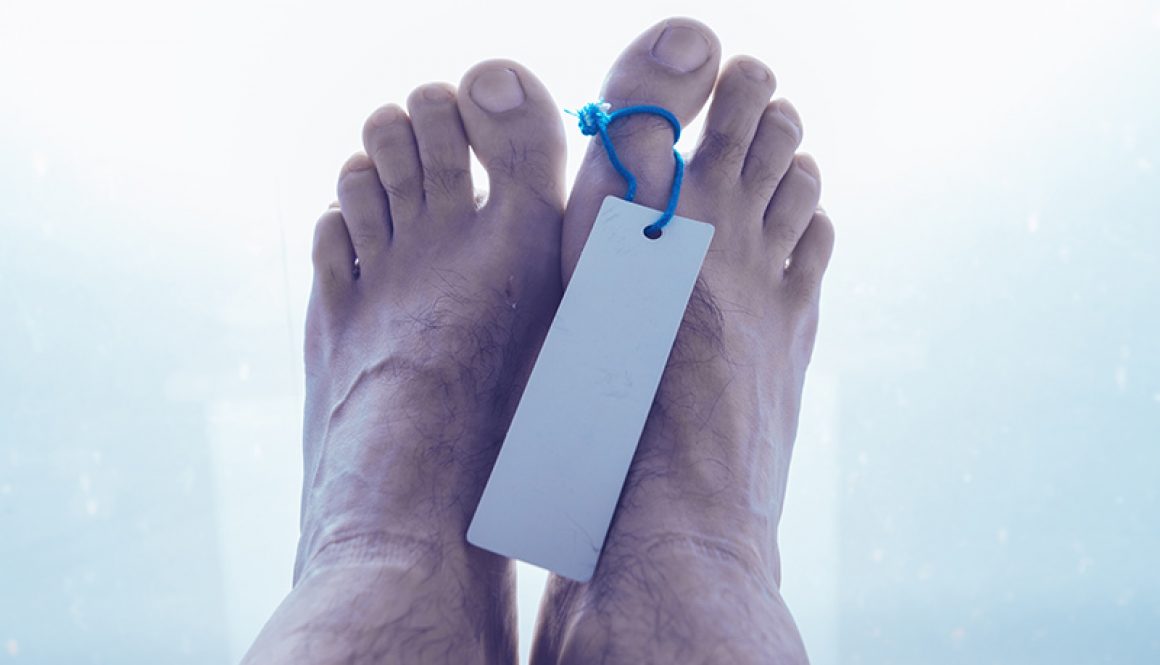Do You See What is Happening?
THE PROBLEM WE CAN’T IGNORE
One problem we face and that we can not ignore. We can never really tell how well a person is doing “in their Recovery”.
We can usually tell if someone is not on solid ground.
Obvious signs like: not attending meetings, not going to therapy, running with old using friends, dope man on speed dial.
LOOKS & SOUNDS GOOD
But what about the person who appears to be on point? The person “working a great program”.
Attending to all aspects of the recovery plan. Everything looks and sounds good.
I believe you can be doing all the right things and still be struck with a strong craving.
Especially where opioids are concerned. Especially during that first year.
❌STOP – WAIT
Before you say it allow me:
1) I fully understand that sometimes we just have to get through the craving and “not pick up no matter what”.
2) I fully understand that the person can call and “tell on himself” and work through the craving.
3) I also understand that some people feel that the obsession to use will be lifted and they won’t face this type of circumstance.
But I also understand that in many cases, perhaps the majority of cases, the person won’t take action.
I also believe many people aren’t “free” from these moments of weakness.
Especially in the first year.
THAT FIRST SLIP
Some people will give in and make a mistake.
Conventional wisdom tell us to wait and see “if they make it back”.
Then we can use the mistake as a learning tool.
And encourage the person to try again, to “keep coming back”.
An approach consistent with the “wait until they hit bottom” foundations of our system.
THE SLIP IS FREQUENTLY FATAL
In another day and time we may have been able to get away with this approach.
The mistake was not likely to kill the person on that first “slip”.
But in the day and age of carfentanyl and fentanyl the slip is frequently fatal.
And a person who has been “clean” for a period of time is in the greatest danger because tolerance is low.
Who among us has had a perfect recovery? A spotless trajectory of no lapse or relapse?
Who got this on the first try? Very, very few of us.
THE ARGUMENT FOR M.A.T.
When I made my mistakes that first year I was not in imminent danger. And I had a chance to make it back.
There was no fentanyl to be had.
Death was always a remote possibility. But not a probability like today.
This where the argument for MAT is most compelling.
ZERO WIGGLE ROOM
Even if a person is following a traditional recovery pathway, perhaps the adjunct of MAT makes sense that first year. When cravings are frequent and relapse deadly.
Even the person working a “great program” could benefit from the added safety net of MAT.
There is just zero wiggle room where heroin and other opioids are concerned.
This year’s Quest diagnostic national survey on “heroin purity” indicated 87% of the time fentanyl is present.
Up from 46% the previous year.
Do you see what is happening?

